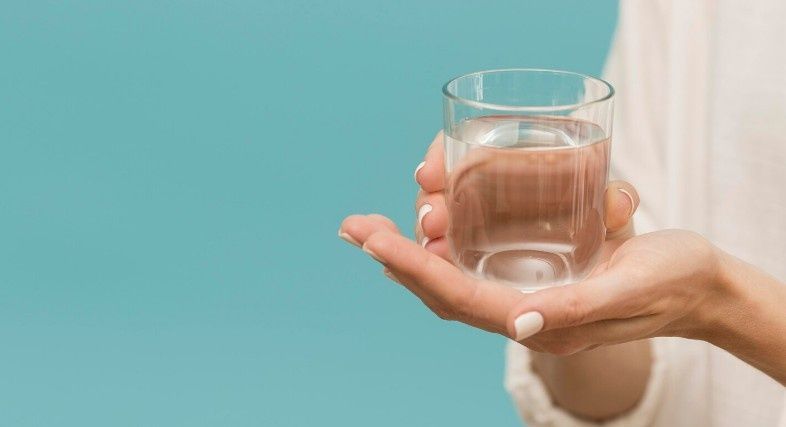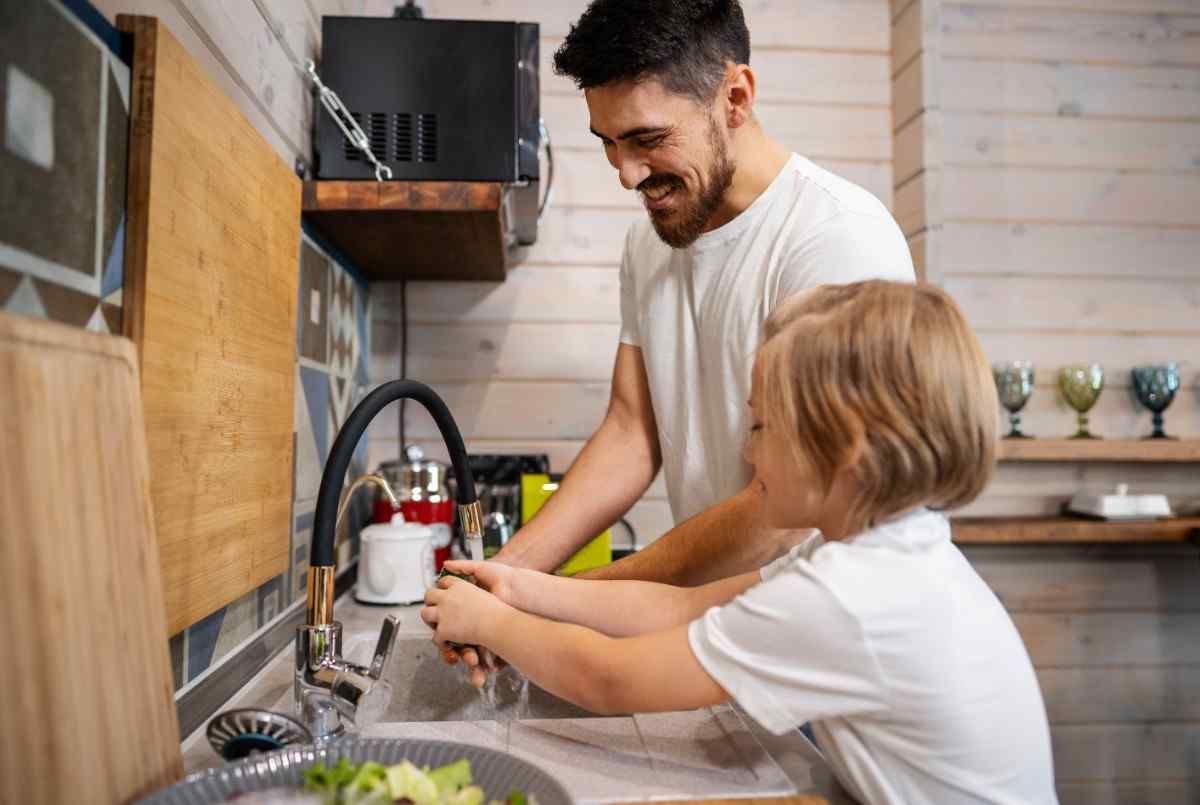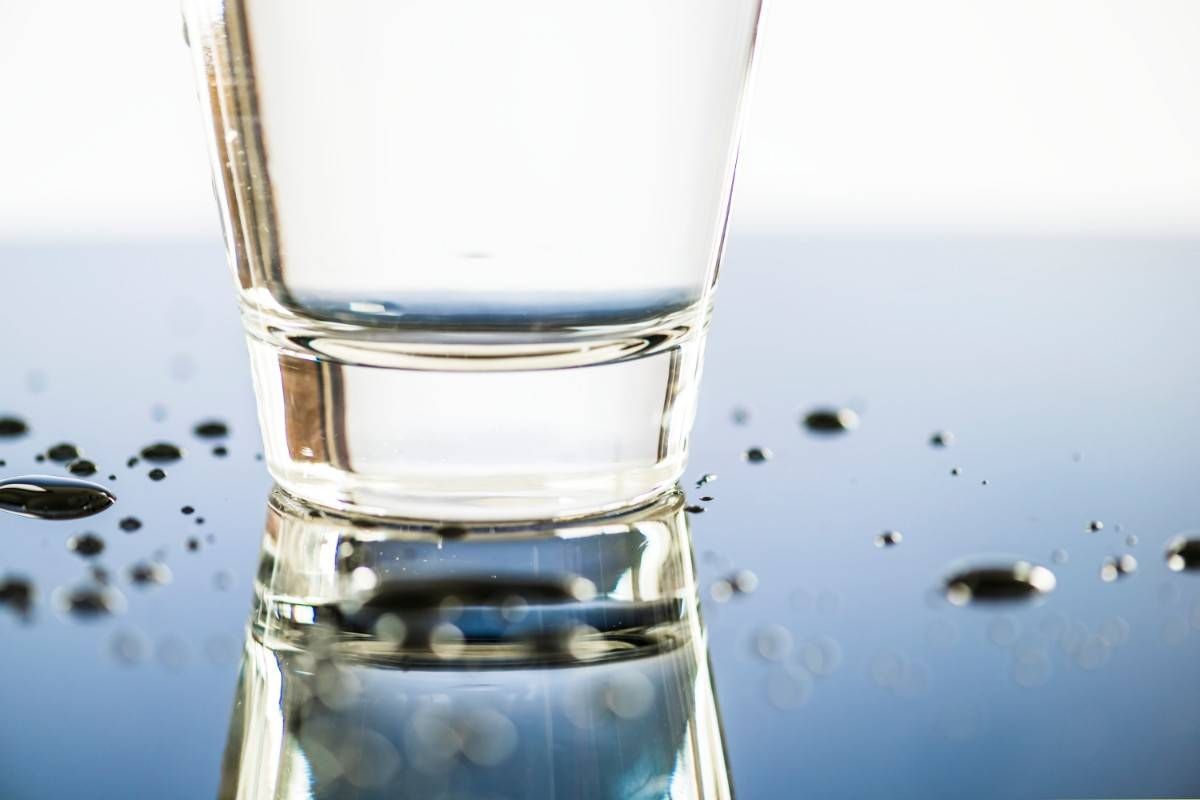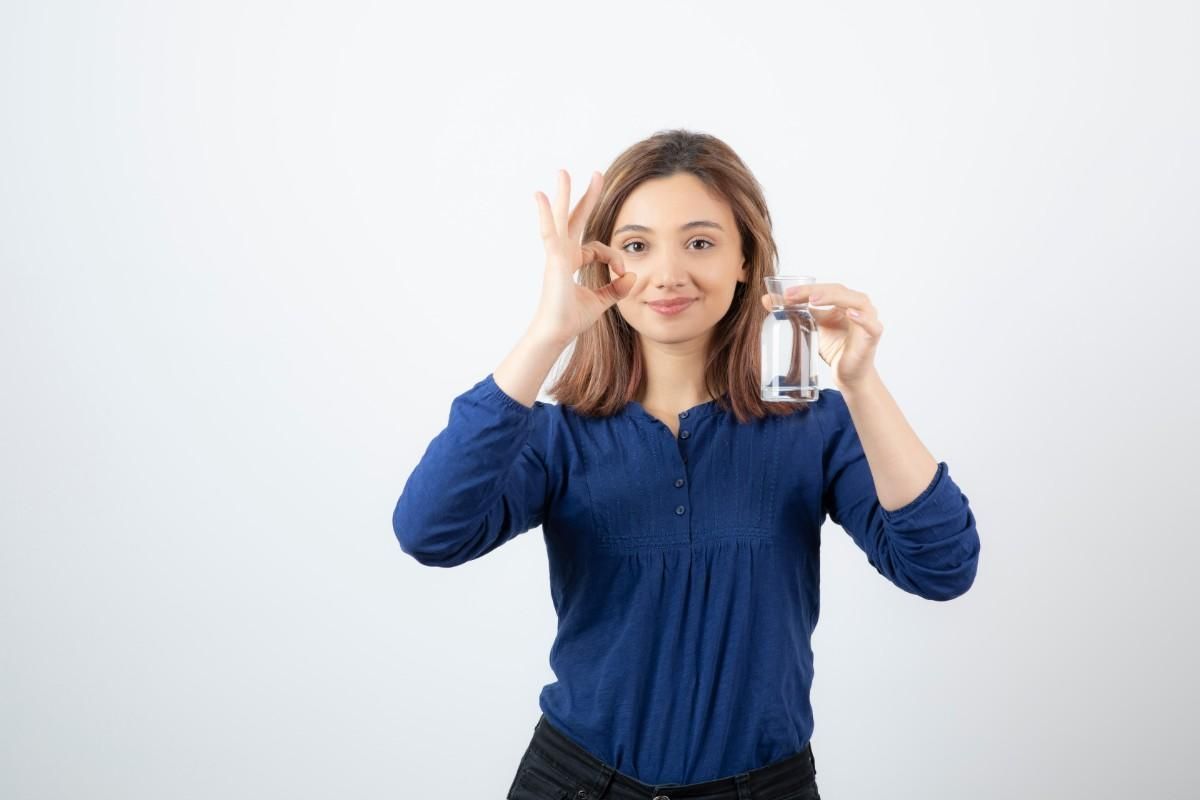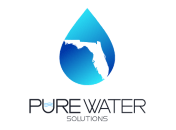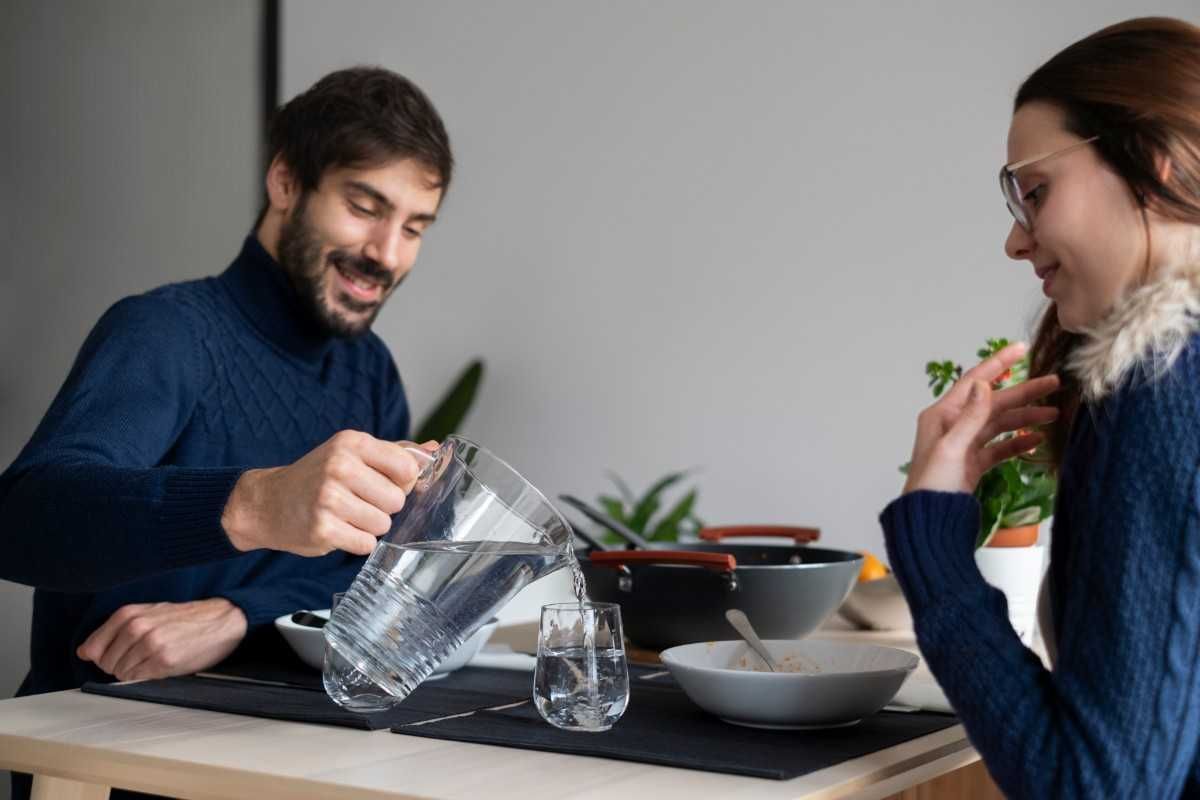Water Filtration Procedure Step by Step Guide: Florida Pure Water Solutions
Water Filtration Procedure Step by Step Guide: Florida Pure Water Solutions
To filter water, start by passing it through a screening and then proceed with coagulation, sedimentation, filtration, and disinfection steps. These steps collectively remove impurities and ensure clean, safe drinking water.
Water filtration is a crucial process in water treatment plants to provide quality water to the public. The filtration procedure involves various stages like coagulation, flocculation, sedimentation, and disinfection to eliminate contaminants and particles from the water. By following these steps diligently, water can be purified effectively, making it safe for consumption.
At Florida Pure Water Solutions, we specialize in providing top-quality water filtration systems and expert guidance to help you achieve the best water quality possible. In this ultimate guide, we'll walk you through the water filtration process, detailing each step to give you a comprehensive understanding of how your system works.
Proper water filtration is essential for maintaining good health and ensuring access to clean drinking water for everyone.
Importance Of Water Filtration
Water filtration is a crucial process that ensures the removal of impurities, contaminants, and pollutants from water, making it safe for consumption and various other uses. It plays a vital role in safeguarding public health by providing access to clean and safe drinking water. Water filtration is essential for maintaining overall well-being, as it helps in preventing waterborne diseases and promoting good health.
Benefits Of Clean Water
Clean water is essential for the proper functioning of the human body, aiding in digestion, nutrient absorption, and overall hydration. It also contributes to the cleanliness and maintenance of household appliances and plumbing systems, extending their lifespan and efficiency. Additionally, clean water supports environmental sustainability by preserving aquatic ecosystems and promoting biodiversity.
Risks Of Untreated Water
Untreated water poses significant health risks, as it may contain harmful microorganisms, heavy metals, and chemical pollutants. Consumption of untreated water can lead to severe illnesses, such as gastrointestinal infections, and can be particularly dangerous for vulnerable populations, including children, elderly individuals, and individuals with compromised immune systems.
Water Filtration Basics
Learn the water filtration basics with a step-by-step procedure. The process includes screening, coagulation, sedimentation, filtration, and disinfection to ensure clean and safe drinking water. This comprehensive method effectively removes impurities and contaminants, providing a reliable water filtration system for your home or business.
What Is Water Filtration?
Water filtration is the process of removing impurities from water to make it safe for consumption and other uses.
Types Of Water Contaminants
- Organic Matter: Includes bacteria, algae, and other living organisms. - Inorganic Compounds: Such as lead, arsenic, and mercury. - Sediment: Dirt, sand, and other particles. - Chemicals: Pesticides, fertilizers, and industrial waste.
Water Filtration Procedure Step By Step
1. Screening: Removes large debris. 2. Coagulation: Clumps together particles for easier removal. 3. Sedimentation: Allows particles to settle at the bottom. 4. Filtration: Passes water through various media to trap remaining impurities. 5. Disinfection: Kills harmful bacteria and viruses.
How To Make A Water Filter Step By Step?
1. Coagulation: Clumps small particles into larger ones.
2. Flocculation: Agitates water to form bigger particles.
3. Sedimentation: Allows particles to settle at the bottom.
4. Filtration: Passes water through sand, charcoal, and gravel.
5. Disinfection: Kills any remaining pathogens.
Preparation For Filtration
Before starting the water filtration process, it is essential to make adequate preparations to ensure a smooth and efficient procedure. This includes gathering necessary materials and adhering to safety precautions to protect yourself and others from potential hazards.
Gathering Necessary Materials
When preparing for water filtration, it's crucial to gather all the essential materials to facilitate the process. The following table outlines the necessary items to collect before proceeding with the filtration:
- Water filtration unit
- Filter cartridges
- Clean water source
- Container for filtered water
Safety Precautions
Prior to commencing the filtration process, it's imperative to observe safety precautions to mitigate potential risks. Here are some safety measures to keep in mind:
- Wear protective gloves and goggles to prevent direct contact with contaminants.
- Ensure proper ventilation in the filtration area to avoid inhaling harmful particles.
- Read and follow the manufacturer's instructions for the filtration unit to prevent misuse.
- Dispose of used filter cartridges responsibly to minimize environmental impact.
Coagulation And Flocculation
Coagulation and flocculation are crucial steps in the water filtration process, where suspended particles are removed to achieve cleaner water.
Chemical Additives Used
- Alum (aluminum sulfate)
- Polyaluminum Chloride (PAC)
- Ferric Sulfate
Mechanism Of Particle Aggregation
During coagulation, the added chemicals neutralize the charges on particles, causing them to collide and form larger aggregates. Flocculation then helps these aggregates come together to form larger particles that can be easily removed.
Sedimentation Process
The sedimentation process is a crucial step in water filtration where suspended solids settle to the bottom due to gravity.
Settling Of Suspended Solids
- Suspended solids settle at the bottom of the water.
- Gravity causes the particles to separate from the water.
- Clear water moves to the next filtration stage.
Factors Affecting Sedimentation
- Particle Size: Larger particles settle faster.
- Water Velocity: Lower velocity allows better settling.
- Temperature: Warmer water may decrease settling time.
- Depth of the Tank: Deeper tanks enhance settling.
Filtration Techniques
When it comes to water filtration, various techniques are employed to ensure the purity and safety of the water we consume. Each technique plays a crucial role in removing impurities and contaminants, ultimately providing clean and healthy drinking water for households and communities.
Sand Filtration
Sand filtration is a common and effective method used to remove suspended solids and particles from water. In this process, water passes through a bed of fine sand, which helps trap impurities and allows clean water to flow through. The sand bed can be cleaned and reused, making it a sustainable and cost-effective filtration solution.
Activated Carbon Filters
Activated carbon filters are highly efficient in removing organic compounds, chlorine, and other chemicals from water. The porous surface of activated carbon attracts and traps impurities, resulting in improved taste and odor of the filtered water. This filtration technique is widely used in both residential and industrial water treatment systems.
Membrane Filtration
Membrane filtration is a technology that uses semi-permeable membranes to separate and remove contaminants from water. This method is effective in removing bacteria, viruses, and other microorganisms, making it an essential step in producing safe and clean drinking water. Membrane filtration is commonly used in reverse osmosis systems and other advanced water treatment processes.
Disinfection Of Water
The process of water filtration is crucial to ensure the safety and quality of drinking water. One key step in this process is the Disinfection of Water, which involves eliminating harmful pathogens to make water safe for consumption.
Chlorination And Its Alternatives
Chlorination is a common method of disinfecting water by using chlorine compounds to kill bacteria and viruses. Alternatives to chlorination include UV disinfection and ozone treatment, which are effective in destroying pathogens without leaving residual taste or odor.
Ensuring Safe Drinking Standards
To meet safe drinking water standards, it is essential to monitor disinfection levels regularly and ensure that water treatment processes comply with regulatory guidelines. Proper disinfection is critical to prevent waterborne diseases and protect public health.
Final Steps And Storage
After the water filtration process, it's essential to carry out a few final steps to ensure the quality and safety of the filtered water. Additionally, proper storage is crucial to maintain the purity of the water. Let's explore the final steps and best practices for storing filtered water.
Checking Water Quality
Before storing the filtered water, it's important to conduct a check on its quality to ensure that it meets the required standards. Utilize a water quality testing kit to assess parameters such as pH levels, turbidity, and the presence of any contaminants. This step is crucial to verify that the filtration process has effectively removed impurities and that the water is safe for consumption.
Best Practices For Storing Filtered Water
Proper storage is vital to maintain the purity of the filtered water. Here are some best practices to follow:
- Use Clean Containers: Store the filtered water in clean, food-grade containers that are specifically designed for water storage. Ensure that the containers are thoroughly washed and sanitized before filling them with the filtered water.
- Airtight Sealing: Seal the containers tightly to prevent the entry of contaminants and maintain the quality of the filtered water. Airtight seals also help in preventing any potential recontamination of the water.
- Dark and Cool Environment: Store the water containers in a dark and cool environment away from direct sunlight. Exposure to sunlight and heat can lead to the growth of algae and bacteria, impacting the water quality.
- Regular Rotation: Implement a rotation system for the stored water to ensure that it remains fresh. Use and replace the stored water regularly to prevent stagnation and maintain its freshness.
- Labeling and Dating: Properly label the containers with the date of storage to track the shelf life of the filtered water. This practice helps in monitoring the storage duration and facilitates the timely rotation of the water.
By following these best practices, the filtered water can be stored effectively, preserving its quality and ensuring its suitability for consumption over an extended period.
Maintenance Of Filtration Systems
Maintaining filtration systems is crucial for ensuring clean and safe water. Following a step-by-step water filtration procedure, including screening, coagulation, sedimentation, filtration, and disinfection, can help remove impurities and contaminants from water. Regular maintenance of the filtration system is also necessary to ensure its proper functioning.
Maintenance of Filtration Systems To ensure that your water filtration system is working efficiently, it is important to perform routine maintenance. Neglecting to do so may result in the system not working properly, which could lead to contaminated water. In this section, we will discuss two important aspects of maintenance: routine cleaning and replacement, as well as troubleshooting common issues.
Routine Cleaning And Replacement
Cleaning and replacing parts of your filtration system is crucial to its effectiveness. Below are some tips on how to perform routine cleaning and replacement:
- Change the filter cartridges regularly, according to the manufacturer's instructions.
- Remove any sediment or debris that has accumulated in the system.
- Clean the filter housings with warm soapy water and rinse thoroughly.
- Inspect and replace any damaged o-rings or gaskets to ensure a proper seal.
Diy Water Filtration
Are you looking for a cost-effective way to ensure access to clean drinking water at home? Building your own water filtration system can be a simple and rewarding DIY project. With just a few basic materials and some easy-to-follow instructions, you can create a reliable filtration system to purify your water supply. Let's explore the process of building a simple filtration system step by step.
Building A Simple Filtration System
One of the easiest and most effective DIY water filtration systems involves using readily available materials to construct a basic yet efficient filter. Here are the materials and instructions you will need to create your own:
Materials And Instructions
Below is a table outlining the materials and step-by-step instructions for building your DIY water filtration system.
- Begin by cutting off the bottom of the plastic water bottle.
- Fill the bottom of the bottle with a layer of activated charcoal.
- Add a layer of sand on top of the charcoal.
- Finish by adding a layer of gravel on top of the sand.
- Place the bottle upside down in a clean container.
- Pour the dirty water into the bottle and observe the filtration process.
- Collect the filtered water that drips into the clean container.
By following these simple steps and using these materials, you can create a basic yet effective water filtration system right at home. This DIY project is a great way to ensure access to clean drinking water, especially in emergency situations or outdoor activities.
Advanced Filtration Technologies
When it comes to water filtration, advanced technologies play a crucial role in ensuring clean and safe drinking water. Let's explore some of the cutting-edge filtration methods below:
Reverse Osmosis Systems
Reverse osmosis systems use a semipermeable membrane to remove contaminants from water by applying pressure. This process is highly effective in eliminating impurities such as lead, chlorine, and bacteria.
Ultraviolet Purification
Ultraviolet purification utilizes UV light to disinfect water by deactivating harmful bacteria and viruses. This eco-friendly method is chemical-free and ensures the water is free from harmful microorganisms.
Evaluating Filtration Performance
Evaluate the filtration performance by following these step-by-step procedures for water filtration. Start with screening, followed by coagulation, sedimentation, filtration, and disinfection to ensure clean and safe drinking water.
Quality Testing Methods
Interpreting Results And Making Adjustments
Evaluating Filtration Performanceevaluate filtration performancequality testing methods. These methods help in interpreting resultsmake necessary adjustments for optimal filtration efficiency.
Quality Testing Methods
quality testing methods can be employed:
- 1. Turbidity Testing: Measures water clarity.
- 2. Flow Rate Testing: Determines the rate at which water flows through the filter.
- 3. pH Testing: Checks the acidity or alkalinity of the filtered water.
- 4. Pressure Drop Testing: Assesses the pressure difference across the filter.
Interpreting Results And Making Adjustments
interpret the results accurately:
- 1. If turbidity levels are high, the filter may need replacement.
- 2. Low flow rates indicate a clog in the system that requires cleaning.
- 3. pH imbalances can be corrected by adjusting the filter media.
- 4. Pressure drop increase suggests a need for maintenance or filter change.
interpreting resultsadjustmentsoptimize filtration performance and ensure clean, safe drinking water for consumption.
Frequently Asked Questions
Question:What Are The 7 Steps Of The Water Purification Process?
Answer: The 7 steps of the water purification process are: screening, coagulation, sedimentation, filtration, disinfection, carbon filters, and reverse osmosis.
Question:What Are The Steps In The Water Filtration Process?
Answer:The water filtration process includes screening, coagulation, sedimentation, filtration, and disinfection for clean water.
Question:What Are The 5 Stages Of Water Filtration?
Answer:The 5 stages of water filtration are screening, coagulation, sedimentation, filtration, and disinfection for clean water.
Question: How To Make A Water Filter Step By Step?
Answer:Create a water filter by: Coagulation, Flocculation, Sedimentation, Filtration, Disinfection. Follow these steps for purification.
Conclusion
Understanding the water filtration procedure step by step is crucial for maintaining a system that delivers clean, safe drinking water. Each stage of the filtration process plays a vital role in removing different types of contaminants, ensuring the highest quality water for your home.
At Florida Pure Water Solutions, we are committed to helping you achieve the purest water possible. Whether you need a new filtration system, maintenance for your current setup, or expert advice, our team is here to assist you. Visit our website to learn more about our comprehensive range of services and how we can support your water filtration needs.
Contact us today to schedule a free in-home water test and discover how Florida Pure Water Solutions can enhance your water quality. Don’t compromise on the health and safety of your family—trust us to provide the best water filtration solutions tailored to your specific needs.

